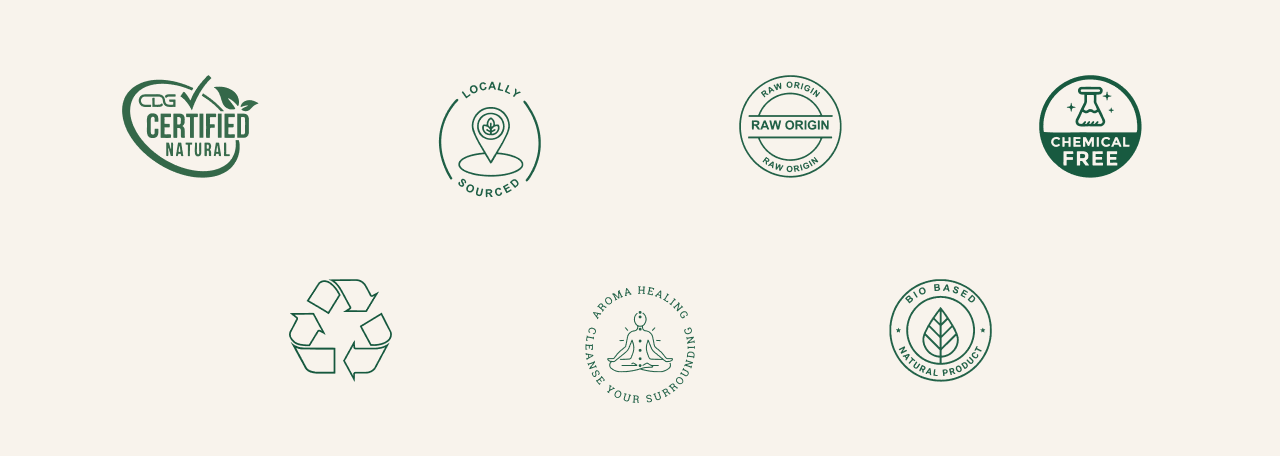No products added!
How do we know if a disinfectant is working? What do we make out of the numbers told to us as a sales pitch? 99.9% germs killed, 99% germs killed? What does this mean? The effectiveness of a disinfectant is tested and determined in the lab. These studies show the efficacy of surface disinfectants against viruses, bacteria, fungi, etc.
How is it tested?
To understand the way disinfectant studies are conducted, it is important to know how the log reduction system works.
Log reduction
In the context of infection control, log reduction portrays how effective the disinfectant is in eliminating the bacteria. The effectiveness is determined by the number of bacterial colonies destroyed in a given time and concentration.
Mathematically, log represents a number whose power can be raised to 10. In other words, a log reduction of 1 is equivalent to a 10-fold reduction.
The difference in the number of bacterial cells before the application of the disinfectant vs after the application of the disinfectant determines the efficacy of the product. For instance, if we take a culture of 1106 cells of E.coli at the beginning of the experiment and apply 10% dilution of the disinfectant for 10 mins, there may be a reduction in the number of cells of E.coli. If the cells are reduced by log 2, the disinfectant is 99% effective. So when a product is known to be 99% effective, it means that there are still 1104 cells of bacteria left on the surface.
The thumb rule is that for every log reduction, you add a 0.9% of effectiveness.








